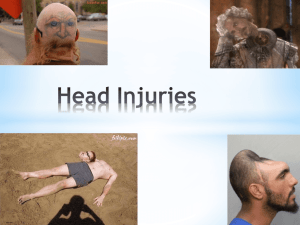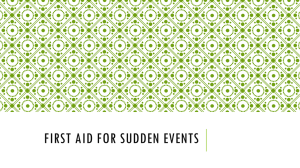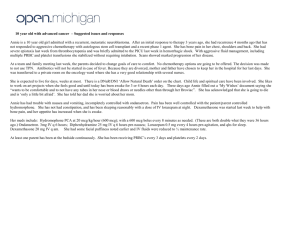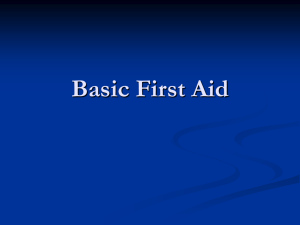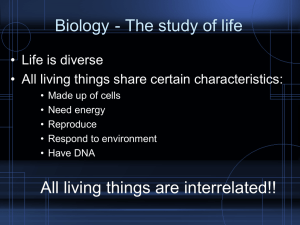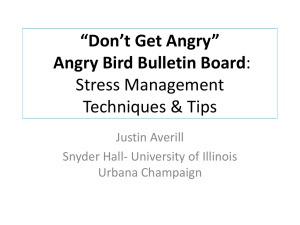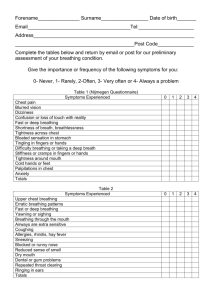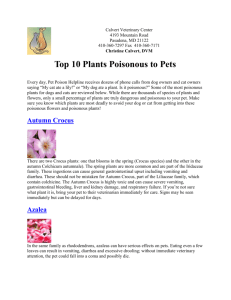When to call your veterinarian
advertisement
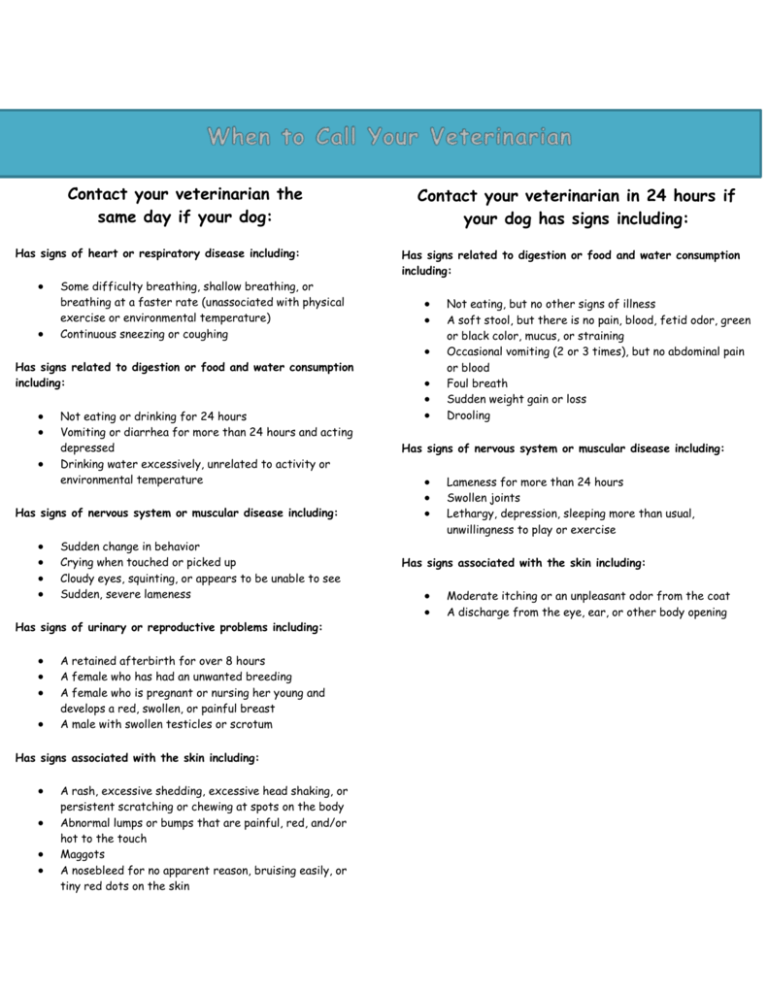
Contact your veterinarian the same day if your dog: Has signs of heart or respiratory disease including: Some difficulty breathing, shallow breathing, or breathing at a faster rate (unassociated with physical exercise or environmental temperature) Continuous sneezing or coughing Contact your veterinarian in 24 hours if your dog has signs including: Has signs related to digestion or food and water consumption including: Has signs related to digestion or food and water consumption including: Not eating or drinking for 24 hours Vomiting or diarrhea for more than 24 hours and acting depressed Drinking water excessively, unrelated to activity or environmental temperature Has signs of nervous system or muscular disease including: Sudden change in behavior Crying when touched or picked up Cloudy eyes, squinting, or appears to be unable to see Sudden, severe lameness Has signs of urinary or reproductive problems including: A retained afterbirth for over 8 hours A female who has had an unwanted breeding A female who is pregnant or nursing her young and develops a red, swollen, or painful breast A male with swollen testicles or scrotum Has signs associated with the skin including: A rash, excessive shedding, excessive head shaking, or persistent scratching or chewing at spots on the body Abnormal lumps or bumps that are painful, red, and/or hot to the touch Maggots A nosebleed for no apparent reason, bruising easily, or tiny red dots on the skin Not eating, but no other signs of illness A soft stool, but there is no pain, blood, fetid odor, green or black color, mucus, or straining Occasional vomiting (2 or 3 times), but no abdominal pain or blood Foul breath Sudden weight gain or loss Drooling Has signs of nervous system or muscular disease including: Lameness for more than 24 hours Swollen joints Lethargy, depression, sleeping more than usual, unwillingness to play or exercise Has signs associated with the skin including: Moderate itching or an unpleasant odor from the coat A discharge from the eye, ear, or other body opening Contact your veterinarian immediately if your dog: Has signs of heart or respiratory disease including: Has signs of nervous system or muscular disease including: No pulse or heart beat No breathing or severe difficulty breathing Bluish or white gums or tongue A near drowning Has been exposed to a toxin or poison or has had trauma including: A broken bone, or a cut that exposes a bone Heavy bleeding that cannot be stopped An eye injury, the eye is out of the socket, or appears enlarged or protruding A fight, especially if it was with a cat or a wild, or unvaccinated animal A wound from a bullet or arrow Being hit by a vehicle or other large fast-moving object Puncture wounds to the abdomen or chest Any trauma to the head A bite from a snake, scorpion, or poisonous spider; or has bitten a toad Porcupine quills imbedded in the mouth, face, or body A broken tooth, or the loss of a healthy tooth, including the root (keep the tooth in a small jar of milk) A severe laceration, or an incision that has opened and the skin is gaping Falling or jumping from an open window, balcony, etc. Swelling of the face and/or hives Has had heat or cold related injuries including: Chewing on an electrical cord and receiving a shock or burn Burns or inhaled smoke Heat stroke or a fever over 105°F (normal is less than 102.5°F) Frostbite or hypothermia Has signs of gastrointestinal distress including: Straining continually, but unable to produce feces Bloat (abdomen appears large or dog attempts to vomit, but cannot bring anything up) Choking Vomiting blood or uncontrolled vomiting Swallowing a foreign body (e.g., toy) Diarrhea with blood, a foul smell, or that is uncontrolled Black, tarry stool A protruded rectum or bleeding from the rectum An overdose of medication or suspected poisoning Extreme lethargy or depression, unconsciousness, collapse, or coma Seizures A head tilt, nystagmus (eyes move rapidly from side to side), staggering, walking in circles, knuckling over (walking on the top of the foot), unable to use hind limbs, or other problems moving Severe or continuous pain Sudden inability to bear weight on one or more limbs Has signs of urinary or reproductive problems including: Difficulty giving birth: no puppy after 24 hours of beginning labor; no puppy after 1 hour of active straining; over 4 hours between deliveries; weak or infrequent contractions once labor has started; failed to start delivery within 24 hours of the temperature dropping below 99°F; crying or licking the genital area excessively; abnormal bleeding or vaginal discharge; weakness A male in whom the penis is exposed and cannot be withdrawn back into the sheath (the haircovered area that usually encloses the penis) Straining continually but unable to pass urine, or the urine has blood in it Crying while trying to urinate Bleeding from the urinary or genital area
